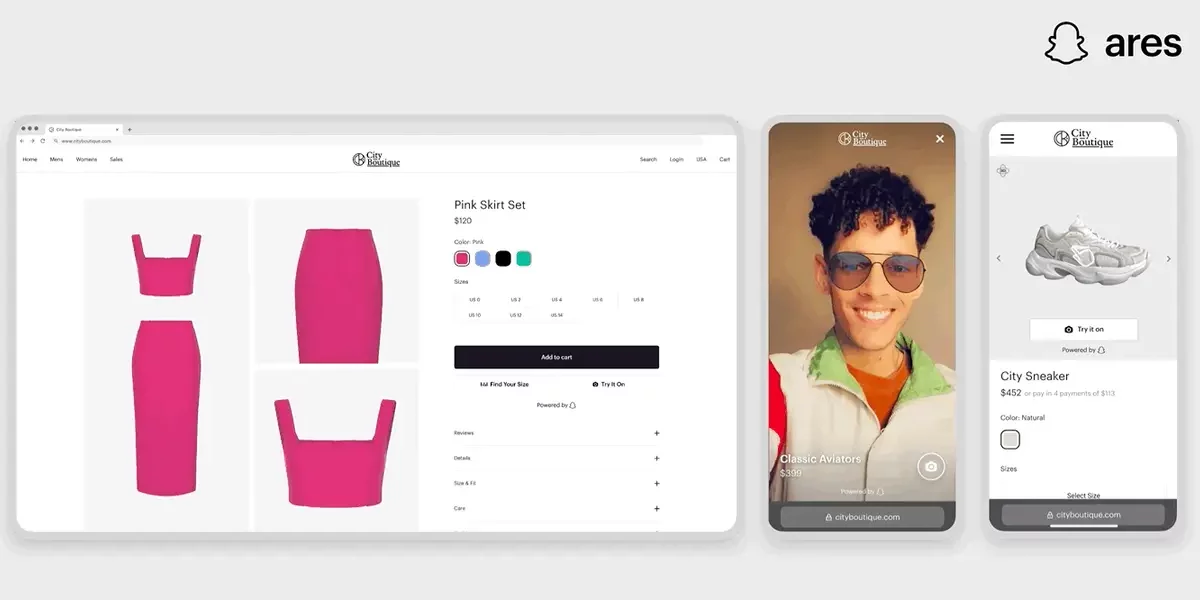While China’s online sales are set to exceed US$1 trillion, only 20 percent of U.S. and foreign retailers are satisfied with their current capabilities in reaching Chinese shoppers.
Over 80 percent of surveyed U.S. and foreign retailers see China as a lucrative market, as affluent Chinese consumers seek quality products from overseas. However, only 20 percent of retailers feel confident in their capability to succeed in China’s e-commerce market, according to research report “The Cross-border eCommerce (Haitao) Opportunity in China” released by consulting firm Frost & Sullivan, in partnership with China retail strategy expert Azoya Consulting. The survey focused on mid-size and large retailers with annual revenue of over US$50 million; 36 percent of the retailers earn annual sales of more than US$1 billion.
“This is the first report globally to review the Chinese cross-border e-commerce market from both consumer and retailer perspectives,” said Mark Dougan, Consulting Director, Asia-Pacific, Frost & Sullivan. “By understanding consumers’ behavior and needs, and retailers’ current situation, the report provides new insights and strategy guidance for international retailers who want to succeed in the online shopping market in China.”
With 500 million online shoppers, China is on track to exceed US$1 trillion in online sales this year. In recent years, China has experienced a 40 percent annual growth rate in the value online shopping. The report’s key takeaways include:
– Why Chinese shop cross-border: To access higher quality, trusted products (67 percent of online shoppers) and lower the risk of counterfeits (45 percent).
– Top categories: Fashion (bought by 22 percent of online shoppers), beauty and cosmetics (20 percent) and mom and baby (15 percent).
– Preferred country of origin: Chinese online shoppers prefer to buy from companies in Japan (72 percent), South Korea (60 percent), the US (55 percent), Australia (37 percent), France and Germany (both 26 percent) and the UK (23 percent).
– Gender differences: Women spend US$976 on average per year, 20 percent more than men. Men seek fast delivery; women seek Chinese language customer support, and relevant content on the supplier’s website. Women are more likely to use an overseas supplier’s standalone direct-to-consumer website (21 percent vs. 18 percent of men).
Factors influencing cross-border purchases include Chinese consumers’ expectations of a range of payment options and efficient website performance for a seamless customer experience.
Among retailers, only 37 percent currently feel satisfied with their online sales in China using a global e-commerce vendor, 31 percent feel satisfied with their standalone online store and 21 percent feel satisfied with sales through online marketplaces, such as those owned by Chinese giants Alibaba and JD.com. Marketplaces’ crowding, intense price competition, margin-eroding commissions and high upfront costs have led more foreign retailers to create standalone Chinese websites to gain direct customer access, greater control and higher net margins.
As a result, retailers are looking beyond marketplaces as their only approach to consider, especially if these companies have a long-term sales strategy in China. “To build a brand that Chinese consumers trust, which commands a healthy profit margin and repeat buyers, retailers need to approach customers through multiple touchpoints. The key channel should be within retailers’ control, accompanied by supplementary platforms,” said Don Zhao, Co-Founder of Azoya International. “More and more retailers are establishing standalone websites as the core of their strategies, as these sites directly connect retailers with Chinese consumers who desire foreign brands, while empowering retailers with flexibility and control over their business.”
To succeed in China, the report suggests international retailers should focus on basic e-commerce capabilities, including efficient digital marketing, local logistics networks, a range of payment options, Chinese language customer service and content. In addition, retailers need a robust social media strategy, including partnerships with influencers or key opinion leaders (KOLs), and understanding market trends to reach and engage Chinese consumers.
Source: Azoya





















